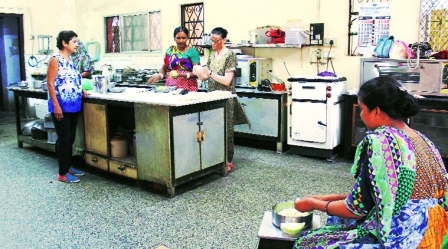Books available on Amazon
Manna of the 21st Century: Parsi Cuisine
Paperback
https://www.amazon.com/dp/1090868391
Hardcover
https://www.amazon.com/dp/B0962FML7W
Indian Parsi Kitchen
https://www.amazon.com/dp/1535410132
Celebrations: Celebrating Zoroastrian Festivals and Traditions
https://www.amazon.com/dp/152381845X
Dhansak: Parsi Cuisine
https://amzn.to/4d92fuv




Ketty Wadia
Jul 7, 2020, 2:45 pmGreat video. Authentic. But need the proportions of the ingredients used by Lily. Please email me the recipe proportions >kettywadia@gmail.com<
Rita Jamshed Kapadia
Jul 7, 2020, 7:22 pmKetty, it is not my video you will need to contact them.
Khushroo Dastur
Aug 8, 2020, 7:13 amAhmedabad Parsi population is not 16000 Maybe 1600.
Rita Jamshed Kapadia
Aug 8, 2020, 10:59 amThanks Khushroo for letting us know. Typo is corrected. Navroz Mubarak and wish the population in Ahmedabad was 16000!
Rita